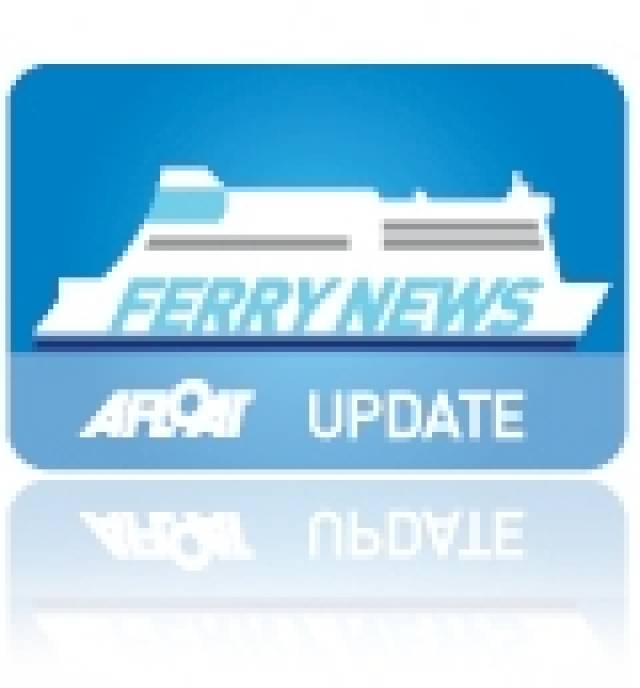#MullofKintyre – Following last year's launch of Caledonian MacBrayne's Ardrossan-Campbeltown summer-only service, the Scottish ferry operator's first new route in twenty years, is to resume service for this season, writes Jehan Ashmore.
Sailings start this Thursday, 1 May and run till 28 September on the link between Ardrossan on the Firth of Clyde and Campeltown near the southern tip of the Mull of Kintyre.
It is understood the car-ferry, Isle of Arann (1984/3,296grt) will operate the 1 hour 40 minute service, which will enable more than 600 passengers and 62 vehicles to be transported on this scenic route.
The summer service is to re-invigorate tourism to these regions and allows for a boost in additional sailings on the Ardrossan service to Isle of Arann using the port of Brodick. Isle of Arann will join the 55-minute long routes main car-ferry, Caledonian Isles.
The route opens up interesting travel options to explore southern Scotland and where a round trip could include a stopover to Brodick on the Isle of Arann, affectionately known as the 'Scotland in miniature'. This can be achieved as the summer-only service will (only on Saturdays) sail from the direction of Campeltown to call via Brodick, Isle of Arann before arriving in Ardrossan.
Or if time restricted, a round-trip excursion from Ardrossan to Brodick where the summer schedule is to be increased in frequency up to September.
The nearest port to Ardrossan in Ayrshire, for those travelling across from Northern Ireland is Troon where P&O Ferries 'Express' seasonal-only fast-ferry service from Larne reopened last month.
Alternatively there are conventional ferry services also running from Larne to Cairnryan with the same operator or Stena Line's 'Superfast' ferry sailings from Belfast to Cairnryan.
In addition there is a third option, Kintyre Express 'foot'-passenger only Ballyscastle-Campeltown route operated by high-speed RIB craft. The passenger-only service would at least permit a circular route tour in either direction to encompass the Glens of Antrim, Mull of Kintyre, Forth of Clyde options and Dumfries & Galloway.
If going clockwise, Ballycastle which also has the ferry service to Rathlin Island, would involve firstly crossing to the Mull of Kintyre and then to Ardrossan, unless taking the Saturday-only sailing as mentioned to Isle of Arann as an added attraction.
Finally the last leg of the circuit would be to take a North Channel ferry from Cairnryan to either Larne or arrive in Belfast Lough.
































































